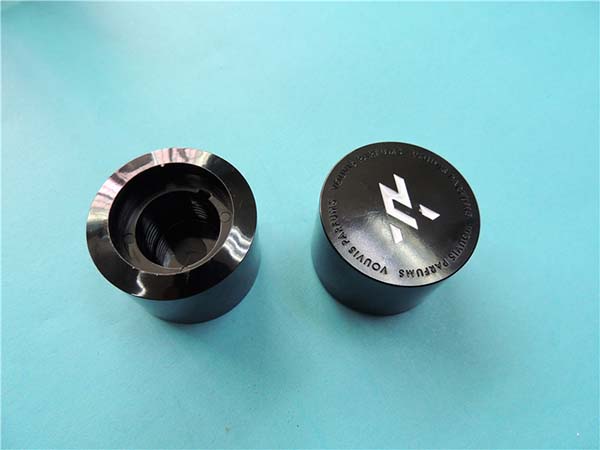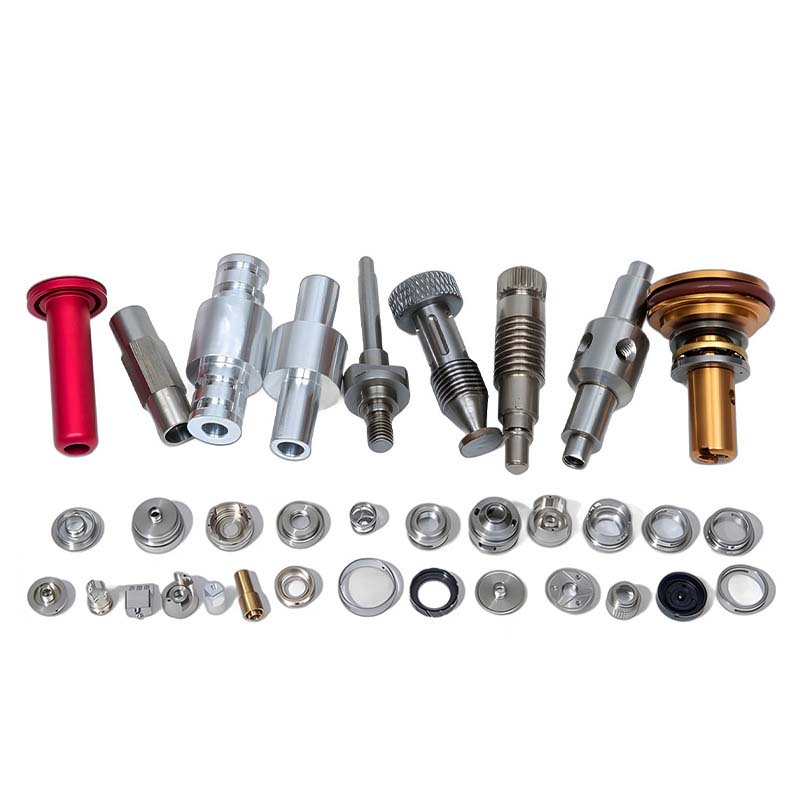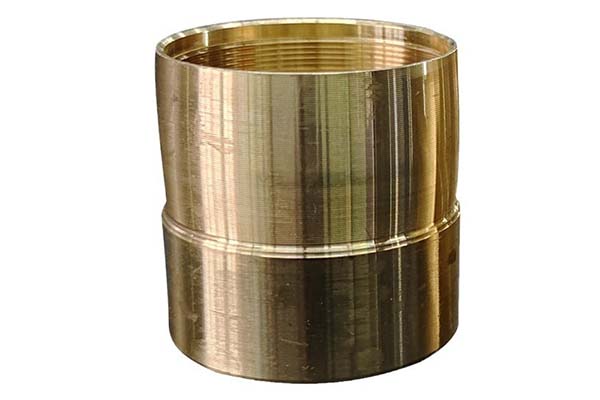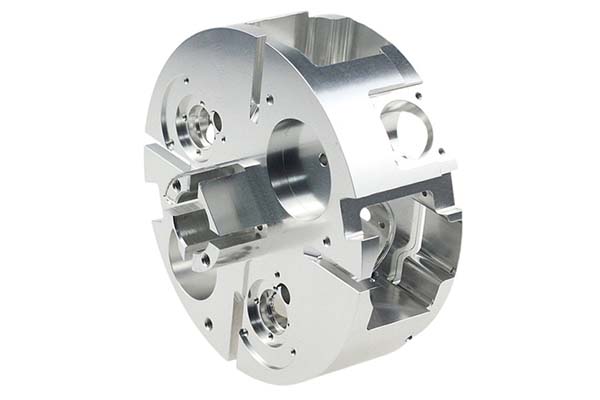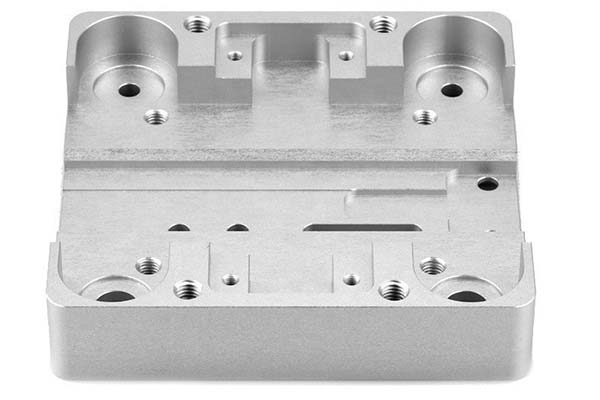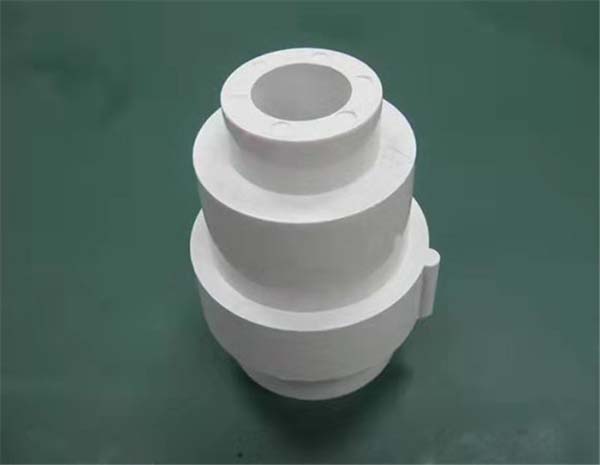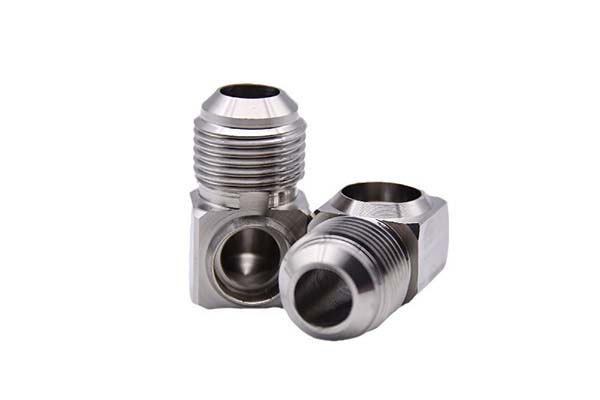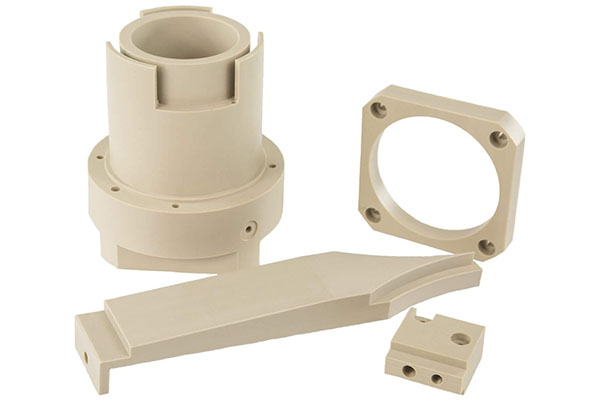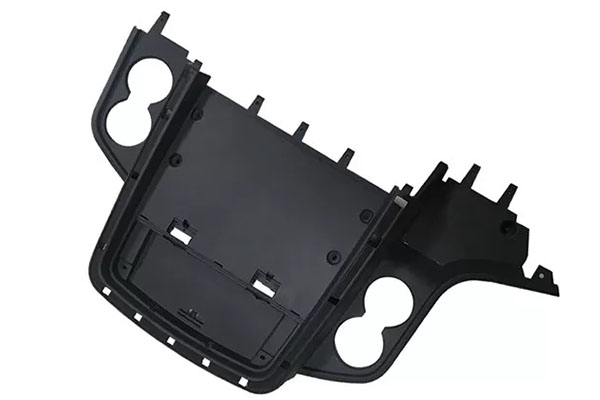CNC machining of POM-C (Polyoxymethylene Copolymer) is a critical process in manufacturing high-precision components, but it comes with unique challenges. Manufacturers often struggle with excessive tool wear due to POM-C’s high crystallinity, inconsistent surface finishes caused by improper cutting parameters, and maintaining dimensional stability during machining. This guide addresses these pain points, providing actionable insights to achieve optimal results with POM-C.
CNC Machining Overview
CNC machining is a subtractive manufacturing process that uses Computer Numerical Control to automate the production of complex parts. For POM-C, this involves various machining processes tailored to the material’s properties. CNC milling is widely used for creating intricate 3D shapes, while CNC turning excels at producing cylindrical components like shafts and bushings.
CNC programming is the foundation of successful POM-C machining. Engineers use CAD/CAM integration to design parts and generate precise toolpaths, ensuring that each cut is optimized for POM-C’s low friction and high wear resistance. Machine setup is equally important—secure fixturing prevents slippage during machining, which is crucial because POM-C’s smooth surface can easily shift under cutting forces.
Toolpath generation for POM-C must account for its tendency to chip if feed rates are too high. Unlike softer plastics like ABS, POM-C requires more consistent cutting speeds to avoid surface defects. Common machining operations for POM-C include facing, grooving, and threading, each demanding specific parameters to balance efficiency and quality.
POM-C Material Characteristics
POM-C (Polyoxymethylene Copolymer) is a high-performance engineering plastic with exceptional properties that make it ideal for precision parts. Its mechanical properties include a tensile strength of 60-70 MPa, significantly higher than many plastics, and a flexural modulus of 2500-3000 MPa, ensuring rigidity under load.
One of POM-C’s standout features is its low friction coefficient (0.15-0.3), which makes it perfect for moving parts like bearings and gears. Its high wear resistance surpasses that of nylon and acetal homopolymers (POM-H), with a wear rate 50% lower than POM-H in dry sliding conditions. This, combined with high crystallinity (around 70-80%), gives POM-C excellent dimensional stability—critical for parts that must maintain tight tolerances over time.
In terms of thermal properties, POM-C has a melting point of 165-175°C and can operate continuously at temperatures up to 100°C. It offers good chemical resistance to oils, greases, and many solvents, though it is not resistant to strong acids or alkalis. With a density of 1.41-1.43 g/cm³, it is denser than ABS but still lighter than metals like aluminum. Its electrical properties include low dielectric loss, making it suitable for electrical components.
CNC Machining Techniques for POM-C
Effective CNC machining techniques for POM-C leverage its unique properties while mitigating its challenges:
- Milling techniques: Climb milling is preferred over conventional milling for POM-C, as it reduces tool wear and produces smoother surfaces. A 3-axis mill can handle most POM-C parts, with 5-axis mills reserved for highly complex geometries.
- Turning techniques: Using a sharp, high-speed steel insert with a positive rake angle minimizes cutting forces, reducing the risk of chipping.
- Drilling methods: Peck drilling (intermittent retraction of the drill) helps clear chips, which is essential because POM-C’s low friction can cause chips to cling to the drill bit.
Cutting parameters are critical for POM-C. Optimal speed and feed optimization typically involves a cutting speed of 100-200 m/min and a feed rate of 0.1-0.2 mm/rev for turning operations. For milling, a feed rate of 300-500 mm/min with a cutting speed of 150-250 m/min works well.
Coolant usage for POM-C is debated—while some manufacturers use air cooling to prevent heat buildup, others opt for light mineral oil coolants to reduce friction. Tool wear monitoring is essential because POM-C’s high crystallinity can dull tools faster than softer plastics; replacing tools at the first sign of wear prevents surface defects.
Tool Selection and Setup
Choosing the right tools and setting them up properly is key to successful POM-C machining. Cutting tools for POM-C should prioritize sharpness and wear resistance. Carbide tools are ideal for high-volume production, as they maintain their edge longer than high-speed steel tools when machining POM-C’s hard surface.
End mills with 2-4 flutes are effective for POM-C milling. Two-flute end mills offer better chip evacuation, while four-flute end mills produce finer surface finishes. Drill bits should have a 118° point angle to prevent splitting, with a polished flute surface to reduce chip adhesion.
Tool geometry plays a significant role—tools with a high helix angle (35-45°) improve chip flow, while a sharp cutting edge minimizes deformation of the material. Flute count depends on the operation: roughing operations benefit from two flutes for faster chip removal, while finishing operations use four flutes for smoother surfaces.
Tool diameter ranges from 3-12 mm for most POM-C parts, with smaller diameters (1-3 mm) used for detailed work. Cutting speed and feed rate must be balanced—too high a speed causes tool wear, while too low a feed rate leads to excessive heat buildup. A tool holder selection that ensures minimal runout is crucial, as even small vibrations can mar POM-C’s surface. Secure tool clamping prevents slippage, which is especially important given POM-C’s low friction.
Surface Finish and Quality Control
Achieving a superior surface finish with POM-C is achievable with the right techniques. Surface roughness as low as Ra 0.2-0.8 μm is possible, which is significantly smoother than many plastics. Finish quality can be enhanced through polishing techniques using a buffing wheel with a mild abrasive compound, though POM-C’s natural smoothness often requires little post-machining finishing.
Grinding methods are effective for achieving tight tolerances on flat surfaces, with a surface grinder capable of holding ±0.001 mm. Sanding processes are rarely needed for POM-C but can be used with fine-grit sandpaper (800-1200 grit) to remove minor blemishes. Coating applications are unnecessary for most POM-C parts due to their inherent chemical resistance, but painting is possible with proper surface preparation.
Texture control is important for parts like gears, where a controlled surface texture can improve lubrication retention. Gloss level is naturally high in POM-C, though matte finishes can be achieved by adjusting cutting parameters. Dimensional accuracy of ±0.005 mm is achievable with POM-C, thanks to its excellent dimensional stability—a critical advantage over plastics that expand or contract with temperature changes.
Quality control for POM-C parts includes using coordinate measuring machines (CMMs) to verify dimensions and optical comparators to check surface finish. Regular inspection ensures that each part meets the strict tolerances required for high-performance applications.
Applications of POM-C Machined Parts
POM-C’s unique properties make it indispensable across industries:
- Automotive components: Fuel system parts, door lock mechanisms, and window regulators benefit from POM-C’s low friction and high wear resistance.
- Mechanical parts: Bearings, gears, and slides rely on its low friction and dimensional stability for smooth operation.
- Electrical components: Insulators and switch parts use POM-C for its good electrical properties and chemical resistance.
- Consumer electronics: Camera components and smartphone hinges leverage its precision and durability.
- Industrial machinery: Conveyor system parts and valve components withstand heavy use thanks to POM-C’s high wear resistance.
In the medical field, POM-C is used for non-implantable devices like surgical instrument handles, where its chemical resistance and easy sterilization are valuable. It’s also ideal for prototyping functional parts that require the same performance as production components. Custom parts like specialized gears and bushings are often machined from POM-C to meet unique application requirements.
Yigu Technology's Perspective
Yigu Technology specializes in CNC machining POM-C, leveraging our deep understanding of its properties to deliver exceptional results. We use carbide tools with optimized geometries and precise speed/feed parameters to minimize tool wear and achieve superior surface finishes. Our strict quality control, including CMM inspections, ensures dimensional accuracy for even the most demanding applications. Whether producing high-volume gears or custom medical components, we tailor our approach to maximize POM-C’s performance, delivering reliable parts that meet our clients’ exact specifications.
FAQ
- Why does POM-C wear out tools faster than other plastics?
POM-C’s high crystallinity and hardness increase tool friction, leading to faster wear. Using carbide tools and optimizing cutting speeds reduces this issue.
- Can POM-C be machined to very tight tolerances?
Yes, POM-C’s excellent dimensional stability allows it to be machined to tolerances as tight as ±0.005 mm, making it ideal for precision parts.
- Is POM-C suitable for food contact applications?
Yes, certain grades of POM-C are FDA-approved for food contact, as they are non-toxic and resistant to food oils and acids.
